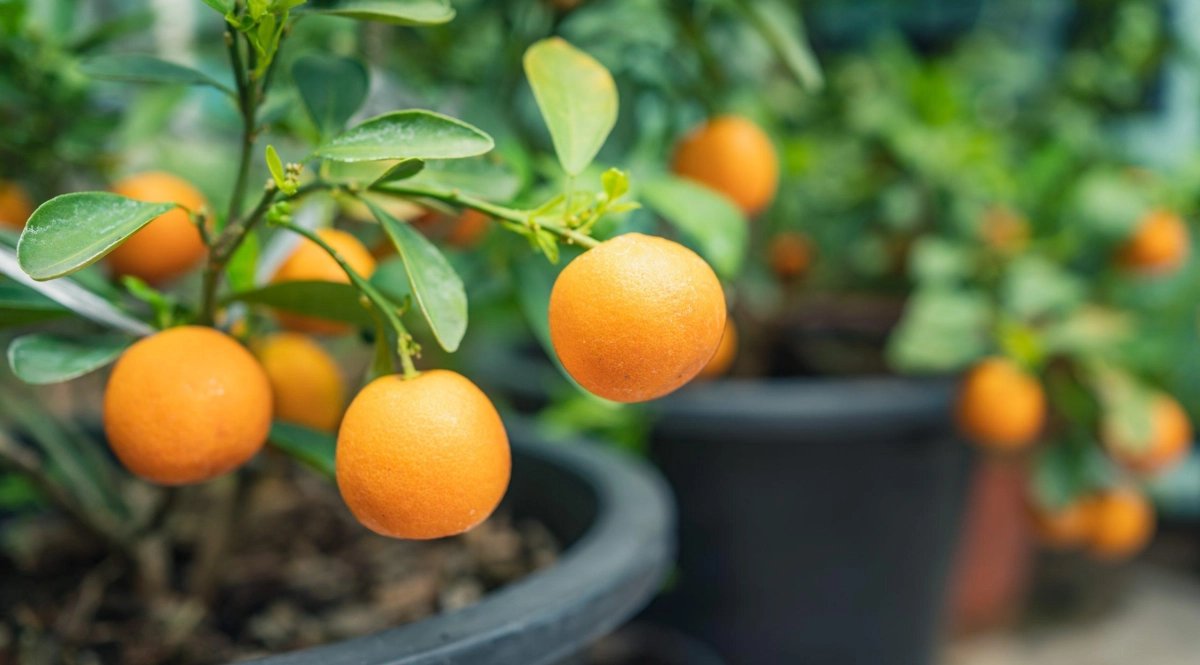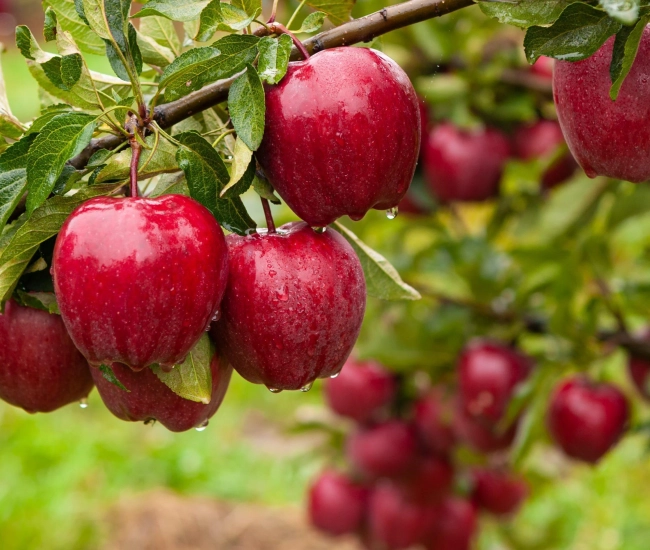
Are you a fanatic of lemonade, orange sorbet, or Key lime pie? For you, nothing starts the day better than a fresh half-grapefruit at breakfast, and you're wondering if it would be possible to grow your own citrus fruits at home in the yard? The answer is YES, but...
Citrus fruits can grow well here, outdoors in the summer and indoors, of course, when temperatures drop and days shorten. Growing citrus can be very rewarding but just as frustrating. If you answer yes to the two questions below, then give it a try and grow citrus at home:
- Are you a patient and resilient gardener with some experience under your belt?
- Can you bear seeing your plants almost entirely stripped?
The Citrus Production Cycle
The Good Days – March to September
Citrus plants are very cyclical. As they are plants from tropical environments, they are greatly affected by day length, photoperiod, heat, and humidity. When the days lengthen, from March to September, citrus comes to life, producing leaves, flowers, and fruits. The scent of citrus flowers is enchanting and delicious, sure to charm you. It's time to take the plants outside, in full sun (after a few days of acclimatization, of course) and fully enjoy the spectacle.
Fall – September, October
When the days become shorter and nights cooler, it's time to bring the citrus indoors. Contrary to what one might think, they can tolerate quite cold temperatures, around 5 ºC. Don't leave them outside too long to avoid them freezing. Make sure to clean them well and apply a natural insecticide treatment to prevent bringing unwanted little insects into your home.
The Difficult Months – November to February
This is where the challenge lies, and you will almost certainly feel like giving up and putting your once beautiful citrus in the compost. It's not uncommon to see more than half of the foliage drop during this period. Stay strong; the good days are coming. This is the time to practice your resilience and patience. Watch out for spider mites to avoid an invasion, check the watering to neither drown your plant nor let it dry out, don't fertilize... and as they say, a little prayer wouldn't hurt! Joking aside, wait until March, and you'll see life return to your home.
4 Keys to Successful Citrus Growing
1. Light
Citrus needs maximum light to thrive. In the yard, place them in full sun, sheltered from the wind if possible. Indoors, offer them a spot bathed in light from morning to evening, facing south if possible. If you can add artificial lighting in winter, your citrus will appreciate this kind attention. You can leave the lamps on for 14 to 16 hours a day without worry.
2. Watering and Humidity
Citrus needs water and humidity to stay healthy. It's important to let the soil dry out only on the surface. From March, you'll see the watering frequency increase. Outdoors, the ambient summer humidity, rain, and dew will be precious allies. But stay vigilant: your plants must not lack water, as it could be fatal. In autumn, reduce the watering frequency, but increase efforts for humidity. The air in our homes is not ideal for tropical plants. Place your pots on clay pebbles covered with water or mist the foliage daily, even two to three times a day when it's very dry. It may seem like a lot, but it's a key element of your success.
3. Fertilization
From March to September, fertilize the citrus with a fertilizer specifically designed for this type of plant, rich in magnesium in particular. Seaweed also works well. Follow the manufacturer's instructions and fertilize regularly until September, when the last fertilizer application is made. After September, stop fertilizing completely so the plant enters dormancy until March. You'll see, as soon as you resume fertilization in spring, you'll be surprised by the change and vigor of your plant, which will go from a difficult state to a beautiful, healthy, growing plant in no time; it's almost magic.
4. Pruning
If you want your plants to be branched and bushy, don't fear the pruner. Pruning helps maintain citrus in an interesting shape and stimulates their growth. Never prune more than a third of the branches, and do it after fruiting. Citrus blooms on new wood, so don't be afraid to compromise your next production.
Nasty Spider Mites
Citrus is quite vulnerable to small red spiders, the spider mites. When your plants are indoors, watch for signs of infestations by this pest. Webs spun between leaves and branches are a good indicator. Humidity and watering will help combat them, but if you're dealing with a significant outbreak, quickly get a natural insecticide from your local Passion Jardins store to limit the damage.
In summary, growing citrus brings its share of happiness and hardship, but if you know what to expect and your passion for citrus far outweighs the minor inconveniences of their production, go for it without moderation!
Good luck!
Tips and advice



